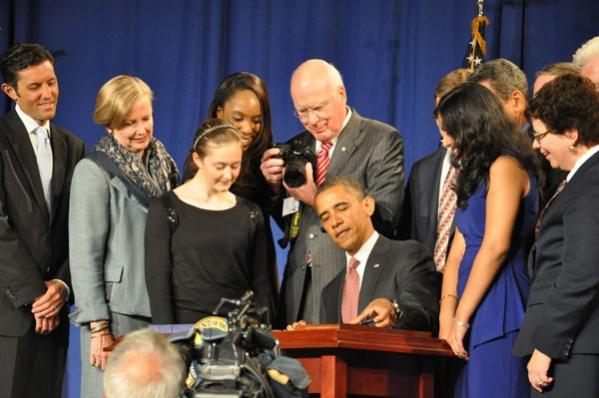 (with apologies to George Harrison) Two recent Blogs over at ReRAM-Forum.com have focused on the latest in the IP field, particularly as it affects resistive memory. A high level overview of who is patenting what suggests a healthy amount of R&D is going on in the field. But looking a little deeper suggests there is much overlap amongst some supposedly key patents. Perhaps this is inevitable for an emerging technology but people familiar with the field point out that this in fact an impediment to the introduction of the new technology. On the other hand, the belated arrival of PCRAM suggests this can be overcome, at least during the early stages of a product gaining traction in the market place. Unfortunately, these days, it is a sign that a technology has gained a foothold in the market when the lawsuits start flying!
(with apologies to George Harrison) Two recent Blogs over at ReRAM-Forum.com have focused on the latest in the IP field, particularly as it affects resistive memory. A high level overview of who is patenting what suggests a healthy amount of R&D is going on in the field. But looking a little deeper suggests there is much overlap amongst some supposedly key patents. Perhaps this is inevitable for an emerging technology but people familiar with the field point out that this in fact an impediment to the introduction of the new technology. On the other hand, the belated arrival of PCRAM suggests this can be overcome, at least during the early stages of a product gaining traction in the market place. Unfortunately, these days, it is a sign that a technology has gained a foothold in the market when the lawsuits start flying!

Alerted by Beth Martin’s Blog here at SemiWiki, we’ve also looked at the impact of the HR. 1249 aka America Invents Act (Image shows President Obama signing the act into law along withand the Sponsors andstudents of Thomas Jefferson High School, Alexandria, VA). Under the Act, the US is changing from a First to Invent system to a First to File (actually First Inventor to File possibly for reasons of constitutionality). This legislation was heavily sponsored and lobbied for by the Tech Lobby and all sorts speculation has ensued that this is a plot to stifle the small entrepreneur. I’m not totally convinced and there are upsides to the Act such as (the promise of) a faster (1 year) examination timeline, filing fee discounts for the new class of ‘micro entities’ (individuals and universities) and revised post grant procedures. Nonetheless, I’m sure the litigation lawyers won’t be going out of business anytime soon.
Interestingly a couple of resistive memory related job openings have appeared recently; one on each side of the pond. While not as big of a story as the famous ReRAM job position advertised by SanDisk last year, it good to know that people are still hiring.
On the technical side, we are taking a look at IBM’s MIEC BEOL access device for ReRAM/CBRAM and PCRAM. This almost seems to be the ‘perfect’ diode with an enormous on/off current ratio. IBM has been quite open with performance and processing data although the composition of the material stack is not made clear. Which takes me back to searching through Patents and Patent Applications!
Christie Marrian, ReRAM-Forum Moderator and Real (Court) Tennis player
Share this post via:







Quantum Advantage is About the Algorithm, not the Computer